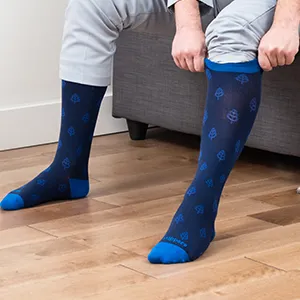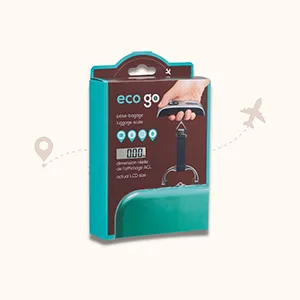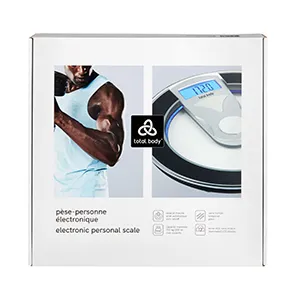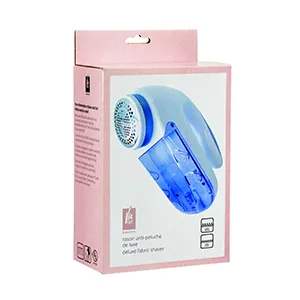November 1, 2023 Diabetes and Compression Socks
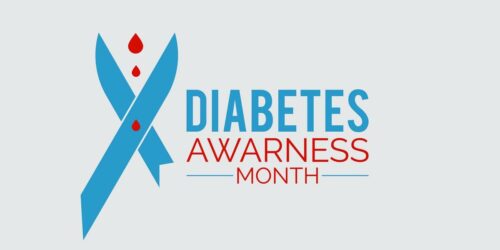
November is Diabetes Awareness Month. According to Diabetes Canada, 640 Canadians are diagnosed with diabetes every day! And while many advances have been made in the field, there is still no cure for the more than 11.6 million people living with diabetes in Canada. Read on to learn more about diabetes and how diabetic socks can help reduce the risk of complications from the disease.
What is diabetes? 
Your pancreas produces insulin, a hormone that regulates the amount of sugar (glucose) in your body. If you have diabetes, your body either cannot produce insulin or cannot properly use the insulin it produces. When your blood sugar is not regulated carefully, your body does not function the way it should. And high blood sugar can damage your organs, blood vessels, and nerves.
What are the different types of diabetes?
Let’s break down the different types of diabetes.
- Type 1 diabetes, also known as insulin-dependent diabetes, is an autoimmune disease, which most commonly develops during childhood or adolescence. In this case, people cannot produce their own insulin and therefore cannot regulate their blood sugar. Hence the need to inject themselves with insulin or use an insulin pump.
- Type 2 diabetes is the more common type of diabetes. People with type 2 diabetes cannot properly use the insulin made by the pancreas or do not produce enough insulin. Sometimes, this type of diabetes can be managed with a healthy diet and lifestyle, but it may also require medication.
- Gestational diabetes is a temporary form of the disease that happens during pregnancy. However, it can increase the risk of developing diabetes later in life for both the mother and child.
- Prediabetes is a condition in which blood sugar levels are higher than normal but not high enough to be diagnosed as diabetes. Not everyone with prediabetes will develop the disease, but many of them do.
Potential complications from diabetes
Diabetes and high blood sugar levels can negatively impact your health and body. Some potential complications include foot and leg problems, nerve damage, kidney disease, eye disease, heart attack and stroke, amputation, erectile dysfunction, and anxiety. Many of these complications are serious and can even be life threatening.
attack and stroke, amputation, erectile dysfunction, and anxiety. Many of these complications are serious and can even be life threatening.
How does diabetes affect feet?
People living with diabetes have an increased risk for blisters, foot ulcers, and infections. What happens is that over time, high blood sugar levels can damage the peripheral nerves (i.e., the nerves that go to the arms, legs, feet, and hands). This can cut off important nutrients and prevent the nerves from working properly. As such, people with nerve damage in their toes and feet often do not notice blisters, sores, and minor cuts. And this can lead to infection, gangrene, and even amputation. It is therefore imperative for people living with diabetes to properly care for their feet and get regular check-ups.
How can diabetes compression socks help?
Because foot care is crucial for people living with diabetes, socks can play a role in preventing foot injuries and further complications. Supporo knee-high diabetic socks are made from a fine-knit fabric to keep feet dry and prevent fungal infections and odour. Offering light compression, these socks help promote blood flow, reducing the risk of peripheral edema and deep vein thrombosis, two conditions people with diabetes are more prone to. Designed to be worn comfortably all day long while minimizing the chance of getting infections and blisters, these socks also feature a padded heel for extra protection.
socks help promote blood flow, reducing the risk of peripheral edema and deep vein thrombosis, two conditions people with diabetes are more prone to. Designed to be worn comfortably all day long while minimizing the chance of getting infections and blisters, these socks also feature a padded heel for extra protection.
Specifically designed to keep feet dry, improve blood circulation, and decrease the risk of foot injury, diabetes socks are a key aspect of diabetes management and proper foot care. Get your pair of diabetic compression socks today.




